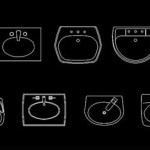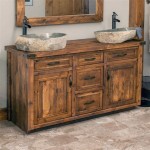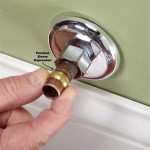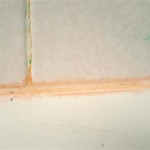What Are These Small Flying Bugs in My Bathroom?
Tiny, flying insects in your bathroom can be a source of both annoyance and concern. While their presence may seem insignificant, it can be a sign of a larger issue in your home, potentially impacting your health or even causing structural damage. To effectively address these pesky creatures, it’s vital to identify them correctly. This article will explore some of the most common small flying bugs found in bathrooms, providing insights into their characteristics, potential causes, and effective control strategies.
1. Drain Flies: The Sewage Dwellers
Drain flies, also known as moth flies or sewer flies, are small, dark-colored insects with fuzzy wings and a characteristic "moth-like" appearance. They are often attracted to damp, organic matter and thrive in areas with poor drainage and stagnant water. Bathrooms, with their sinks, showers, and drains, offer ideal breeding grounds for these insects.
Drain flies lay their eggs in slimy biofilms that accumulate in drains. These biofilms are composed of bacteria, fungi, and other organic debris, providing a nutrient-rich source for fly larvae. As the larvae mature, they emerge as adult flies, ready to reproduce and continue the cycle. The presence of drain flies indicates a potential blockage or poor ventilation in your bathroom's drainage system.
To control drain flies, it's essential to address the root of the problem: the clogged or poorly maintained drains. Regular drain cleaning with a commercial drain cleaner or a natural solution like baking soda and vinegar is recommended. Additionally, ensuring proper ventilation in your bathroom by using exhaust fans during and after showers can help reduce moisture buildup, making your bathroom less attractive to these flies.
2. Fungus Gnats: The Plant Pests
Fungus gnats are tiny, dark-colored flies with long legs and wings. Unlike drain flies, these insects prefer moist, decaying organic matter, often found in houseplants. While they may not directly target bathrooms, they can easily migrate from nearby plants to seek out moisture and food sources. Bathrooms, with their frequent moisture exposure, can become a temporary haven for these gnats.
Fungus gnats thrive on the decaying matter in soil, making them common pests for indoor plant owners. They lay their eggs in the soil, and the larvae feed on decaying roots and organic matter. Adult fungus gnats emerge from the soil as adults and often fly near windows, seeking out light and potential mating partners. These gnats can be a nuisance, especially if they become overly abundant in your home.
To control fungus gnats, it's important to address their breeding ground: the soil of your houseplants. You can try allowing the soil to dry out between waterings, ensuring adequate drainage, and using a diluted solution of insecticidal soap to treat infected plants. Additionally, placing yellow sticky traps in areas where gnats congregate can help capture and monitor their population.
3. Fruit Flies: The Food Lovers
Fruit flies, also known as vinegar flies, are tiny, reddish-brown flies with characteristic dark eyes and a distinctive buzzing sound. They are attracted to ripe or overripe fruits, vegetables, and fermented liquids. While they prefer kitchens and dining areas, they may also be found in bathrooms where fruit fly magnets like discarded fruits or spilled beverages are present.
Fruit flies lay their eggs in moist, decaying organic matter, and their larvae develop quickly. They are attracted to the volatile organic compounds released by fermenting fruits and vegetables, quickly multiplying in environments with abundant food sources. These flies are a nuisance because they can contaminate food and spread bacteria.
Controlling fruit flies requires eliminating their food source and preventing their access to breeding grounds. This involves discarding overripe fruit and vegetables promptly, cleaning up spills quickly, and storing food in airtight containers. You can also try setting traps with apple cider vinegar or overripe fruit, which attracts them and traps them inside a container.
Identifying the specific type of small flying bugs in your bathroom is crucial for implementing the most effective control measures. Once you have determined the culprit, you can take targeted steps to eliminate the insects and prevent future infestations. Regular bathroom cleaning, addressing drainage issues, caring for houseplants properly, and following proper food storage practices can significantly reduce your chances of encountering these pesky creatures in your bathroom.

5 Easy Ways To Get Rid Of Drain Flies Fast

How To Get Rid Of Drain Flies Moth And Prevent An Infestation Pest Defence
Jab Plumbing Solutions Blog Blocked Drain Plumbers

What Are Those Little Dark Colored Flies That Come Out Of My Bathroom Sink Uf Ifas Entomology And Nematology Department
We Are Seeing Small Flies In Our Bathroom Any Idea What Could Be Causing Them To Show Up Quora

How To Get Rid Of Drain Flies 6 Easy Steps

How To Get Rid Of Drain Flies Moth And Prevent An Infestation Pest Defence

Drain Fly Facts What Causes Them How To Identify More

Psychodidae Wikipedia
Jab Plumbing Solutions Blog Blocked Drain Plumbers
Related Posts







